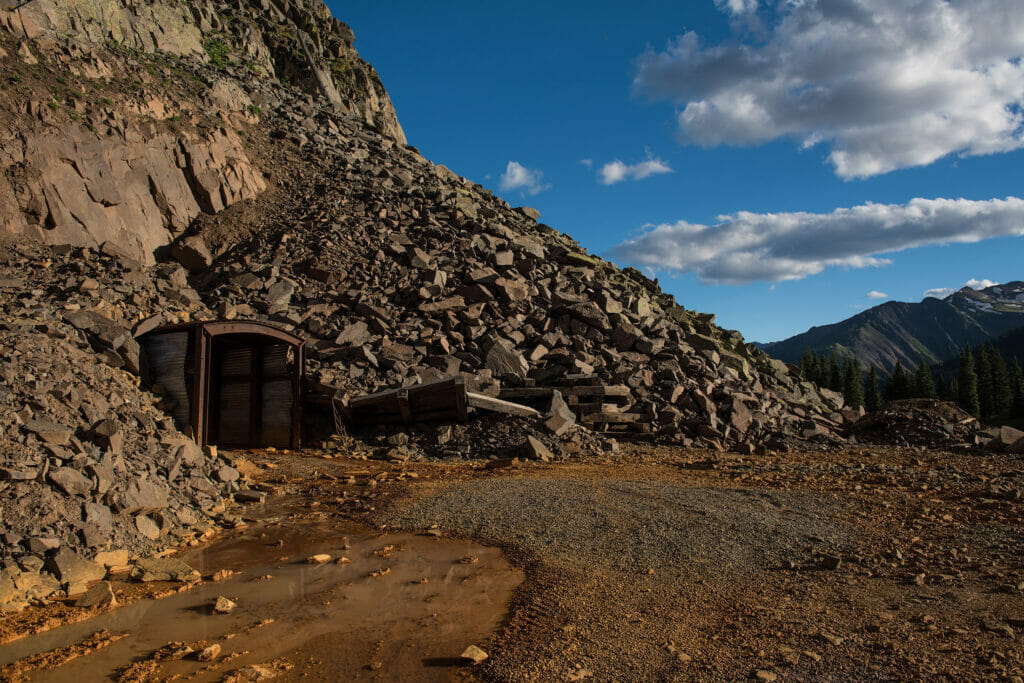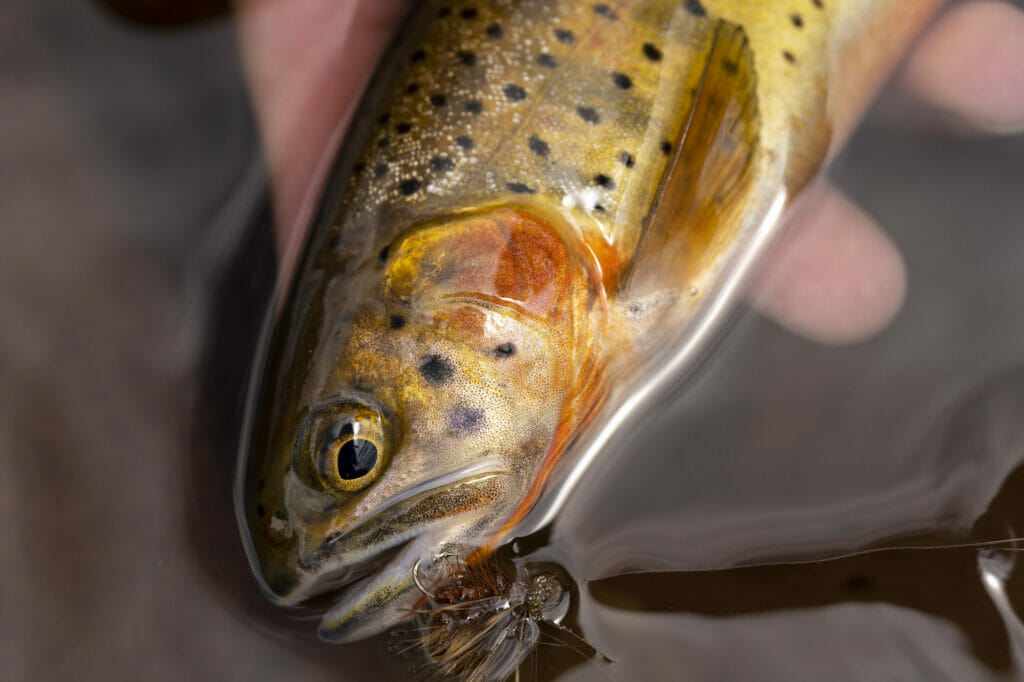Seven years after the Gold King spill, a $90 million settlement agreement sets the watershed on the course for recovery
In August 2015, three million gallons of mining waste flooded out of the Gold King Mine and into the Animas River near Silverton.
But the real damage to wild trout fisheries had been done long before that.

Before the arrival of miners in the valley in the late 1800s, the streams and creeks of the upper Animas River teemed with native cutthroat trout. As a result of unchecked mining pollution in the days before modern environmental laws, and overharvest by hungry miners, more than 60 miles of trout habitat was lost. And it remains so.
In the wake of the Gold King spill lay opportunities. With the spotlight that was shined on the Animas, we have had a chance to deal with longstanding abandoned mine pollution in this watershed.
Another step in the right direction came in January with the announcement of a $90 million settlement agreement.
Ty Churchwell, TU’s Mining Coordinator and a fourth-generation Coloradan, explains why it matters.
Why was this spill such a big deal?
You might be surprised to know that the Gold King spill did not cause a major fish kill. Things quickly returned to normal after the rusty plume of water passed.
This is not to say there weren’t impacts. There were. The recreation and tourism-based communities of Silverton and Durango suffered economically.
But there were also silver linings.
Most notably, local city and county governments realized that something must be done to ensure a spill like this never happens again. They asked Colorado’s governor to seek a place for the upper Animas River basin on the Superfund National Priorities List. One year later, effectively the entirety of San Juan County was designated a Superfund site, known as the Bonita Peak Mining District Superfund. Included are 48 individual mines, including the basin’s heaviest polluters were included in the listing.
How is the cleanup going?
After the spill, the EPA quickly constructed a wastewater plant to treat Gold King’s acid mine drainage. In the five years since, a great deal of remedial and investigative work has been done, including several “low hanging fruit” projects. Goals and priority areas have been identified to help give direction to what is a massive cleanup. Now, we are working with the EPA to develop an all-encompassing master plan to set our course long-term.

It may take upwards of 20 years to complete the whole project. It’s important to note, this site is at 9,500 to 13,500 feet—meaning we only have about four months each summer to complete projects.
What is TU doing to help?
Our work on mine-related water quality issues in the Animas goes back fifteen years before the Gold King spill. TU and local partners have a great deal of institutional knowledge, not to mention historical water quality data, to assist the EPA.
Written into the Superfund law is a mechanism for community engagement and participation via Community Advisory Groups (CAG). The CAG assists the EPA in development of goals, priority areas and overall success, and represents the locals in the process. TU, working with longtime local partners developed the Bonita Peak CAG in 2018. TU leads, organizes and funds it. We are bringing our resources to bear for the recovery of trout in this watershed.
Looking to the future, what will success look like on the ground?
Unlike most Superfund cleanups, where human health risks are the primary concern, this cleanup is almost entirely environmental in nature. This is a trout recovery cleanup with major improvements to water quality the primary objective.
The loss of native trout is an indicator of the problem, and their return to the landscape will be our measure of success.
Sadly, the watershed faces other challenges. Ash flow from summer rains on the burn scar from the 416 Fire in 2018 was a major fish killer. It’s estimated 75 percent of the trout in the lower Animas watershed died as a result of the ash flow. The 416 Fire was thirty miles downstream from the mines near Silverton where the Superfund cleanup is occurring.

Despite the setbacks and challenges, the Animas River near Durango and beyond—about 50 miles downriver from Silverton—remains a Gold Medal-designated fishery. Rivers are incredibly resilient when given a chance.
By addressing the poor water quality at the top of the watershed, TU is confident that someday soon, the entirety of the Animas will again be the world-class fishery it was always destined to be, from top to bottom.



